A chemical peel is a treatment in which a solution of varying strengths is applied to exfoliate the skin and restore a more rejuvenated complexion. Common reasons for a chemical peel include sun spots, melasma, texture irregularities, wrinkles, fine-lines and blemishes.
What are the most common types of chemical peels?
The most common chemical peels include:
- Jessner’s solution
- Glycolic Acid
- Trichloroacetic acid
The type of peel and strength will depend on your individualized treatment goals and skin complexion.
What are the different depths of a peel?
A light peel can penetrate and treat the superficial layers of the skin, such as the epidermis and the superficial dermis. A deeper peel can treat and address conditions in the mid-lower dermis.
What are the indications for a chemical peel?
Chemical peels can be used to treat dyspigmentation such as sun spots, melasma, sun-related texture irregularities, wrinkles, fine lines and blemishes.
How many chemical peel treatments are recommended?
Results are typically seen after 1 session. Lighter peels may require more frequent treatments to maintain results, while a more sustained response may be seen with a deeper peel.
What should I expect after a chemical peel?
Following your peel, you may experience, redness, peeling, and flaking as the old, dead skin comes off. It is very important to protect yourself from the sun until the new skin fills in.

